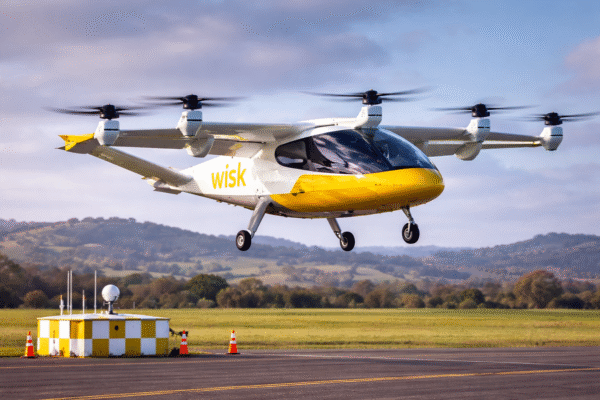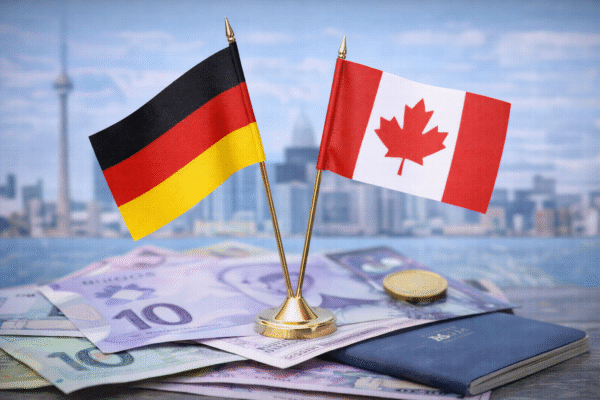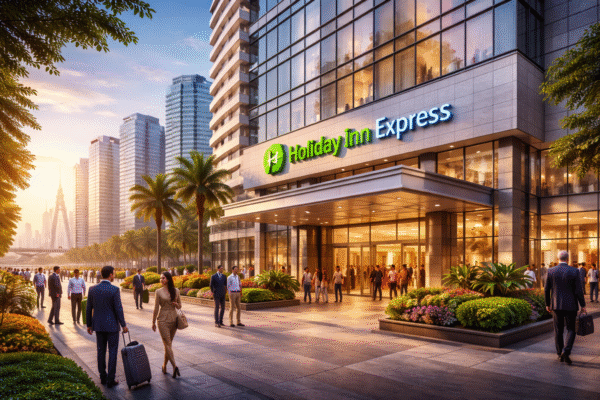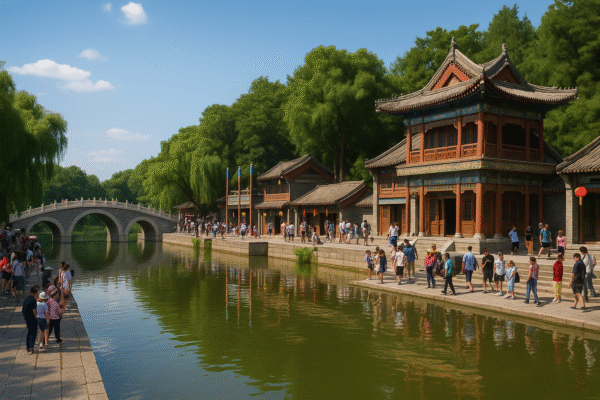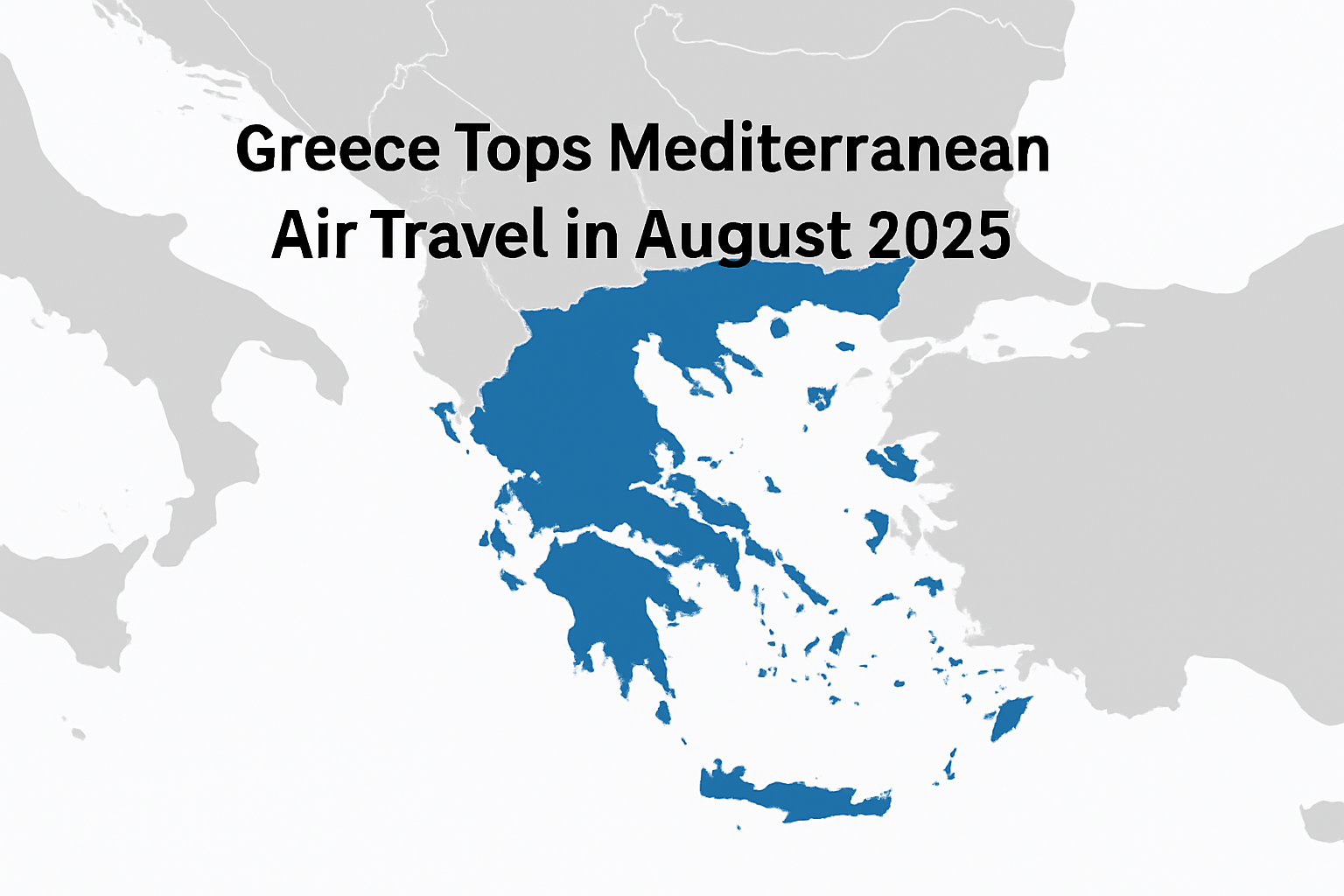HARBIN, CHINA — With record-breaking heatwaves sweeping Southeast Asia, travelers from Singapore, Indonesia, Malaysia, Vietnam, Cambodia, and the Philippines are finding respite in an unexpected summer haven: Harbin, the capital of Heilongjiang Province in Northeast China. Traditionally dubbed China’s “Ice City” for its world-famous winter festivals, Harbin is now making waves as a top summer tourism destination, thanks to its refreshing 23°C climate, enhanced infrastructure, streamlined visa processes, and increasing international connectivity.
A Surprising Summer Sanctuary
While much of China battles the scorching sanfu period, Harbin offers a breath of fresh air—literally. Known for its icy winters and Russian-influenced architecture, the city defies expectations in the summer with its mild, comfortable weather, lush green spaces, and rich cultural offerings.
June 2025 alone saw the arrival of over 1,300 Southeast Asian tourists, marking a 30% year-on-year increase. Travel demand is only rising: more than 100 tour groups—representing over 2,000 tourists—from Southeast Asia have already booked trips for September and beyond, some well into 2026.
Southeast Asia Drives Tourism Growth
Travelers from Singapore, Malaysia, and Indonesia continue to lead inbound arrivals, but emerging markets like Vietnam, Cambodia, the Philippines, and even Laos are showing strong growth. These visitors are increasingly drawn not only by the climate but also by Harbin’s evolving tourism ecosystem.
Tour operators have been quick to respond. June saw more than 60 organized tour groups from Southeast Asia, many on customized travel packages that highlight Harbin’s unique blend of urban sophistication and natural beauty.
Direct Charter Flights & Streamlined Travel
One of the key enablers of this tourism boom is the expansion of international charter flights. Direct routes now connect major Southeast Asian cities to Harbin, reducing travel time and eliminating former connectivity issues. For instance, travelers from Singapore Changi Airport or Kuala Lumpur International Airport (KLIA) can now fly directly to Harbin Taiping International Airport (HRB), simplifying the travel experience.
At the same time, simplified visa policies have made travel easier and more accessible. Recent adjustments to inbound visa processing mean shorter wait times, easier group applications, and greater flexibility for tour planners. This has encouraged spontaneous travel and opened the door for more mid-range and high-end tourism segments.
Harbin’s Expanding Attractions
The city is no longer just a winter destination. Tourists in the summer are treated to a diverse range of experiences, including:
- Songhua River cruises
- Visits to Central Street (Zhongyang Dajie), with its European charm
- Cultural shows, including Russian folk performances
- Local food tours featuring northeastern Chinese cuisine
- Green spaces such as Stalin Park and Sun Island Scenic Area
The development of eco-tourism and heritage routes has further enriched visitor experiences, with curated excursions to historical landmarks and local artisan communities.
Exploring Beyond Harbin: Yichun, Mohe & the Northern Frontier
Tourists are venturing beyond Harbin to explore the broader Heilongjiang region. Scenic cities like Yichun and Mohe offer forest retreats and rare northern landscapes that are virtually unknown to international travelers.
In response to this growing interest, the government has introduced the “Yichun” themed sightseeing train. Since its April 2025 launch, it has welcomed hundreds of travelers from Southeast Asia, offering a luxurious rail experience complete with onboard entertainment, fine dining, and immersive cultural programs.
These journeys are heavily inspired by Chinese cinema and folklore, providing a storytelling aspect that resonates with culture-focused travelers. Bookings for these train journeys are already confirmed through 2026, with at least 10 new routes planned.
Tourism Infrastructure Rising to Meet Demand
Harbin’s hospitality sector has undergone a significant transformation to cater to this influx:
- New hotels cater to all budgets, from boutique stays to international luxury chains.
- Multilingual tour guides and signage make the city more accessible to foreign visitors.
- Public transportation has improved, with more direct routes to key attractions.
- Local businesses have embraced digital payments and mobile bookings, making travel seamless for tech-savvy Southeast Asian tourists.
A Surge in Airport Traffic
Harbin Taiping International Airport (HRB) recorded 61,000 cross-border passenger movements in July 2025 alone—nearly 10,000 more than the previous month. This includes close to 10,000 inbound foreign tourists, marking a 15.9% increase year-on-year, according to Harbin Immigration Bureau.
These statistics reflect a broader trend: today’s travelers are no longer flocking to just the most famous metropolises. Instead, they’re seeking affordable, climate-resilient, culturally rich cities that offer memorable experiences without the crowds.
Harbin’s Future: A Year-Round International Destination
Thanks to continued investment in transportation, tourism innovation, and regional marketing, Harbin is evolving beyond its winter identity. It now stands as a dual-season city, offering cooling summer escapes and magical snow-filled winters.
For travelers from Southeast Asia, especially those looking to avoid oppressive tropical heat, Harbin offers the ideal blend of weather, culture, comfort, and convenience.
As global climate patterns shift and tourism trends evolve, cities like Harbin are poised to take center stage—not just as seasonal getaways, but as perennial favorites in the international travel landscape.
For more travel news like this, keep reading Global Travel Wire



